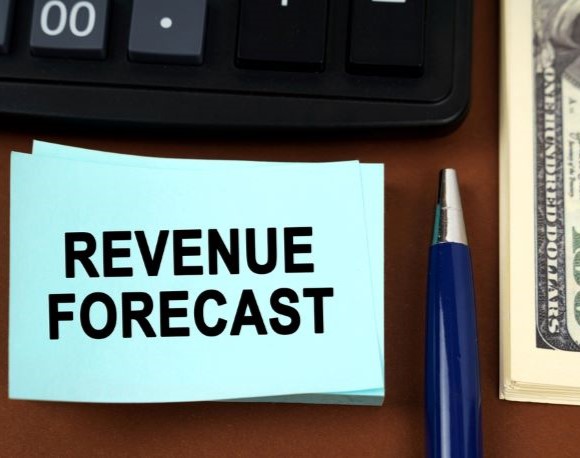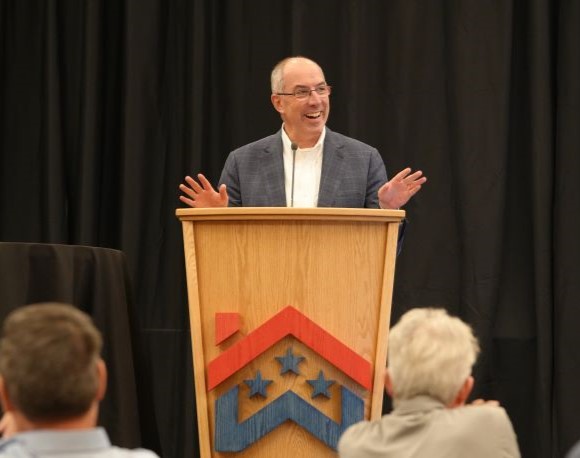October 27, 2025
The Pew Research Center has released its latest report, finding Washington State’s Budget Stabilization Account or “Rainy-Day Fund,” would only cover 12.8 days of operating costs. This is the second lowest in the nation, behind New Jersey.
This report comes on the heels of a 2025 legislative session characterized by a grueling budget fight that ultimately resulted in $9 Billion in new taxes. Governor Ferguson insisted that the revenue package maintained Rainy-Day Fund reserves and relied on realistic revenue estimates.
While the legislature left the Rainy-Day Fund untouched, the Governor’s promise of realistic revenue projections appears overly optimistic. Washington State’s recent revenue forecast anticipates yet another deficit, driven partially by the decline in residential construction activity and growing recession concerns following the implementation of new or increased state taxes.
All these factors underscore the importance of the State’s Rainy-Day Fund and heighten concerns that Washington could handle an economic downturn. While much of Washington's lasting budget gaps demand more permanent fiscal adjustments, a healthy reserve can help a state avoid sudden spending cuts or tax increases during economic downturns.
The Government Finance Officers Association recommends that states maintain a reserve equal to at least two months (16%) of their annual operating budget to provide a cushion during economic downturns. Washington’s Rainy-Day Fund remains well below that benchmark, making it crucial that the fund continues to be protected in the upcoming budget discussions. Ideally, contributions to the fund should be expanded over time to reach this recommended level.
Meanwhile, the shrinking Rainy-Day Fund adds to the state’s growing budget instability, undermining predictability and, crucially, contributing to a broader sense of economic uncertainty—particularly within the construction industry.
For residential builders, stability in fees, taxes, and market conditions is essential for project feasibility. When state finances appear shaky, local governments often respond with fee increases or delayed infrastructure investments, both of which make housing development more difficult and costly.
While Pew acknowledges a correlation is not guaranteed, a weak Rainy-Day Fund can ripple into Washington’s credit standing. The State Treasurer has cautioned that if Washington’s AAA bond rating were to slip, borrowing costs for capital projects could rise. Higher interest rates on public borrowing would result in less essential infrastructure projects, roads, utilities, and schools; all of which are vital to new housing development.
In addition, without healthy reserves to cushion future downturns, the state is more likely to pursue additional revenue through tax increases during mild downturns. These actions can discourage investment, slow construction, and perpetuate a negative feedback loop of reduced economic activity and revenue shortfalls.
A healthy reserve fund does not grab headlines, but it’s one of the few tools that can help keep an economy steady when things start to wobble. It gives lawmakers options, protects jobs, and keeps long-term investments on track. For residential builders, this kind of predictability matters.
As another deficit looms over the next legislative session, Governor Ferguson will again need to hold the line on the Rainy-Day Fund, while taking a stronger lead on housing policies that drive growth in the private sector and keep Washington out of a vicious cycle of higher taxes and higher cost of living for its citizens.



.jpg)




